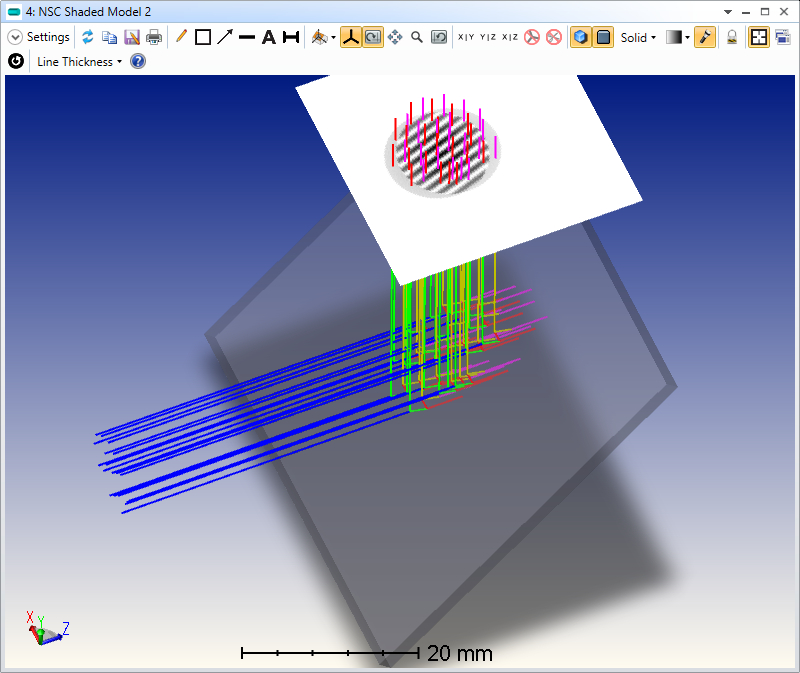Hi everyone.
No so long time ago I purchased the Shear plate (interferometer) from Newport https://www.newport.com/f/shear-plate-collimation-tester. The goal is to used it to evaluate the divergence of a beam expander (depending on the orientation of the interference fringes you can judge whether the beam expander is collimated, converging, or diverging).
The beam expander that I want to evaluate is Galilean (custom designed).
From the real measurements it is not always clear the orientation of the fringes and the number of fringes and there quality is quite poor, so I would like to simulate (or to get the Interferogram) in Zemax to correlate the real measurements with simulations.
I guess, I neeed to use the Interferogram or wavefront map for it, however I am not very experienced with them.
So, from the simulations I would like to get the interferogram that will be changing the orientation of the fringes by changing the distance between the lenses in beam expander.
See the image down below.
Thank you in advance!
Best,
Alina











